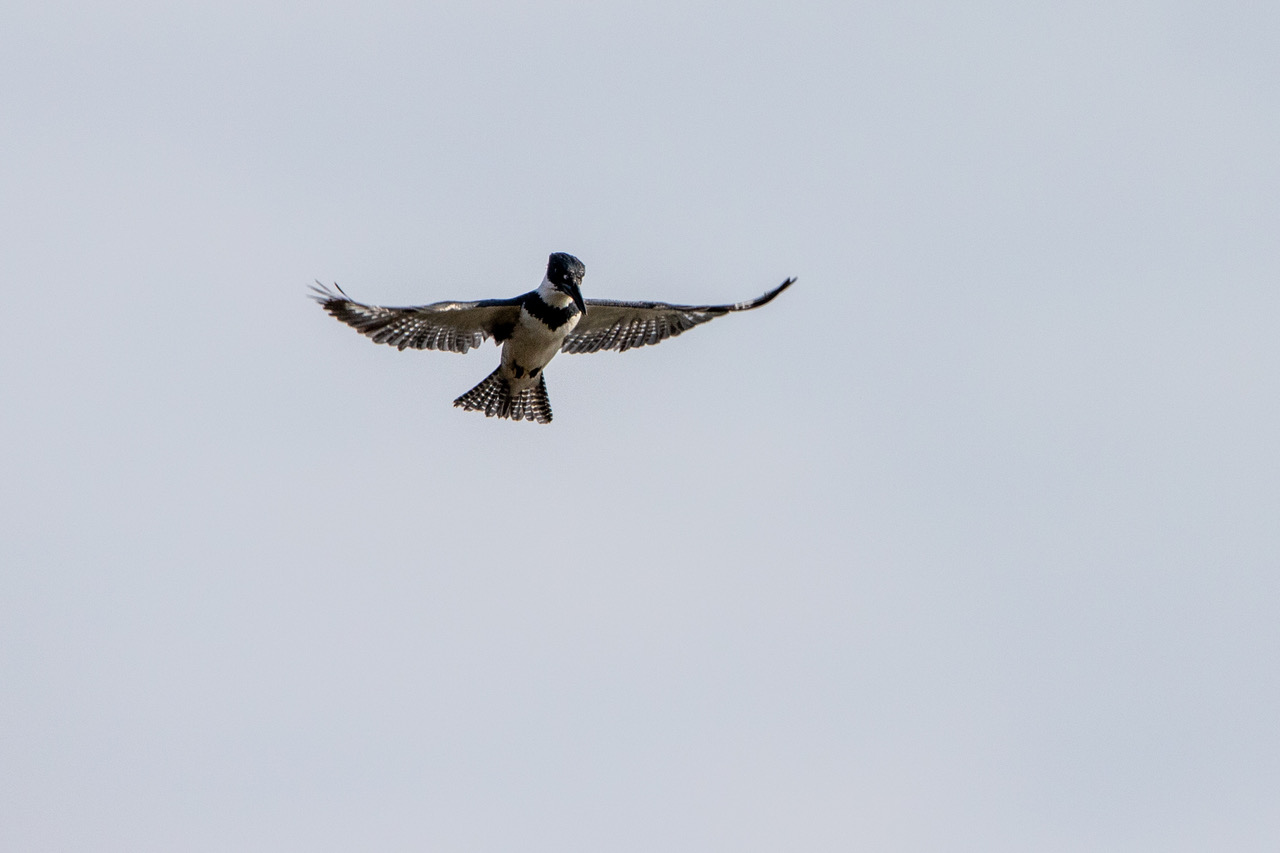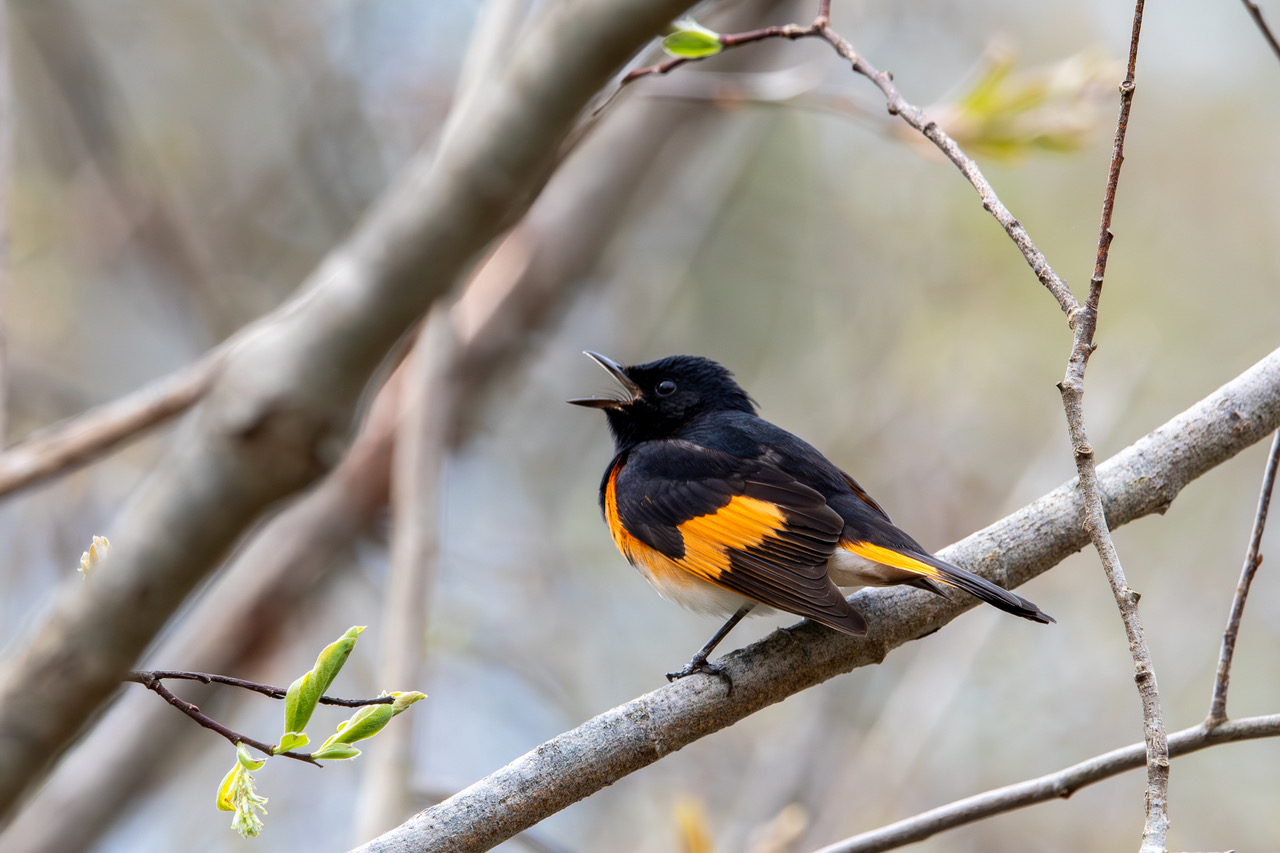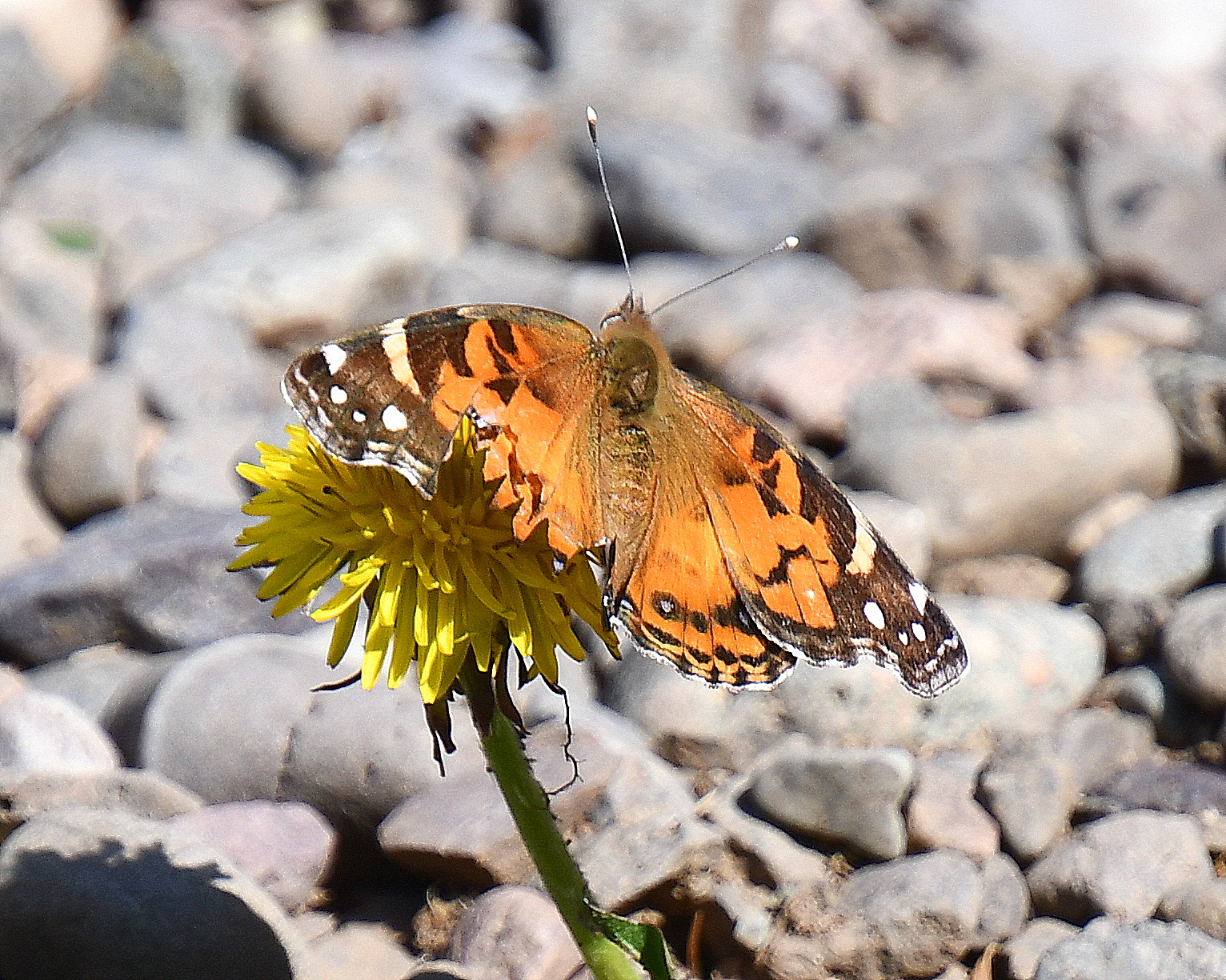NATURE
MONCTON NATURE NEWS
May 15, 2025
Nature Moncton members, as
well as any naturalist in New Brunswick or beyond, are invited to share
their photos and descriptions of recent nature sightings to build a fresh
(almost) daily edition of Nature News
To
respond by e-mail, please address your message to the information line
editor, nelsonpoirier435@gmail.com .
Please
advise the editor at nelsonpoirier435@gmail.com and the proofreader
Louise Nichols at Nicholsl@eastlink.ca if
any errors are noted in wording or photo labelling.
For more information
on Nature Moncton, check the website at www.naturemoncton.com
Proofreading
courtesy of Nichols nicholsl@eastlink.ca
To
view the live feed of the Peregrine Falcon nest cam on the summit of Assumption
Place in Moncton, go to:
** This edition is very hard to concentrate on. Something is happening atop Assumption Place!!
**Jane LeBlanc spent time at her neighbour's yard on Wednesday and found lots of interest. Besides two Baltimore orioles, there was a white-crowned sparrow, a rose-breasted grosbeak, which would not come out for photos, a Wilson's warbler, and a weasel. Jane had seen it a day ago and saw it again three times on Wednesday. It was travelling between the greenhouse and the house (her neighbour's house is almost 200 years old, so no basement under it). She got a very documentary photo, just by luck, but it wasn't good enough to share.
Jane's garter snake reappeared at home, and a
wood frog appeared in her garden. A very worn American lady butterfly
also landed for a quick photo.
**Norbert Dupuis again captured more
excellent photographs on a Wednesday morning visit to the Reid McManus Park in
Memramcook.
Norbert got a beautiful photo of a male
American redstart, a hovering male kingfisher, and a pair of Canada
geese tending their fledglings.
**Bernice Johnstone recently photographed round-lobed
hepatica. This is a very early blooming plant and not commonly found. The bright
green leaves surrounding the blooms in the photo are actually those of Canada
mayflower. The leaves of round-lobed hepatica are evergreen, but by spring,
they lose their colour and disappear, with a set of fresh green leaves
appearing after the plant flowers.
**On Wednesday, May 13, Nelson Poirier was
very pleased to get a sudden (wind conditions were right) call from Billy-Joe
Fowler to boat out to eelgrass beds near a barrier beach island off Tabusintac
to view the spectacle of many thousands of brant stopping to feed on
their migratory route north to breed.
The favoured food source of migrating brant
is eelgrass, a grass that grows underwater in beds only in specific areas, with
the site off Tabusintac being one of them, and so a major stop on their
migratory route to refuel.
This site was once a major hunting area that
drew in large numbers of hunters from outside the province as well as the local
hunting fraternity, with large numbers of birds shipped to a US market. A
law was passed to stop this hunt in the interest of preserving the species.
Shortly after, a fungal blight hit the eelgrass and almost decimated it,
resulting in the remaining brant not arriving at the Tabusintac site.
The eelgrass is now reestablishing, and as a
result, the brant have returned in the thousands each
spring to this refueling site.
It was a surprise that very large lobster
fishing boats could speed through the flocks and not disturb them, yet the brant
would only allow Billy-Joe and Nelson distant viewing without moving off.
It was an incredible and moving experience to
visit the site and I modestly apologize for too many photos, but it had to be!
Below is a video link with a backstory of six
one-minute stories related to the history of the brant hunt and the
unique boat that was used. This is a very recommended and well-done short
documentary revealing what we did in the past and don’t do now. Please take a
moment to view it!
https://www.culturehubpc.ca/gooseboat/
Nelson Poirier.
Nature Moncton














